Thank you to all of our sponsors for the inaugural TLSN Legends Golf Tournament success
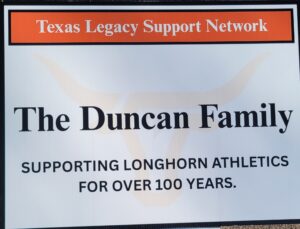

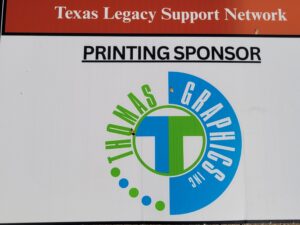
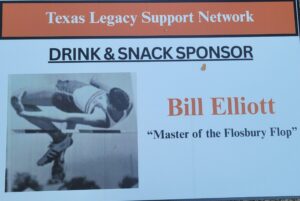

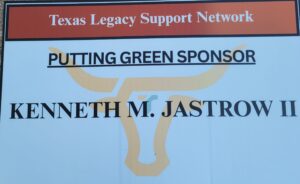
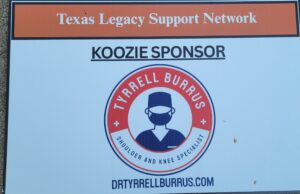



For questions about the Texas Legacy Support Network site covering the History of Longhorn Sports, contact Billy Dale at Billydale1@gmail.com or call 972-672-9071.
Listen to the Texas Legacy Support Network Show Real conversations with Longhorn legends, on and off the field.
-
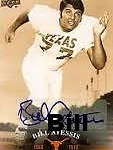
12/22/2025 Professor Carlson interviews Bill Atessis, Dean Campbell, Scott Palmer, and Billy Dale about the 1970 National Championship team.
CARLSON/TLSN: Let’s start with this. As the 1970 season came on the horizon, your Longhorn teams had won 20 straight,…
-
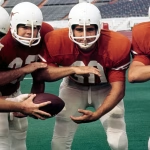
Larry Carlson’s introduction to 1970- The End of the WORSTER Stampede
Celebrating the 1970 National Champs by Larry Carlson https://texaslsn.org Winning was a habit for Longhorn football teams of the Darrell…
-
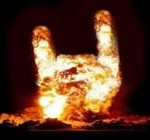
The Inside Story of the Hook’em Horns Hand Gesture
ByBilly Dale Posted on Updated on Iconic, Traditions, Heritage, Organizations, Bevo, Burnt Orange, and more1955 is the Beginning of Big Bertha and the Hook ’em Horns sign. Harley Clark (far right in photo) says…
-
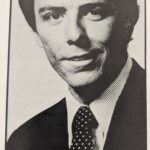
Building the Brand by Stephen Ross July 13, 2016
Texas Longhorns football today is the most valuable program in the game. The foundation was built over 50 years ago….
-

Jim Deitrick, a Longhorn professor with a love for sports
ByBilly Dale Posted on Updated on Baseball History, Billy Dale's Articles, Golf History - Women, Professor articlesJim Deitrick played one year of D3 basketball ( freshman year..).., played baseball sophomore year…. then hit the books. His…
Recent Posts' Comments
- […] Herkie Walls- podcast […]
I forwarded your message to Greg.
I would like to meet Greg Lott,as I dated Farrah twice.
My name is Roger Wiley I played for the Steelers and the redskins 936-827-4644 I think I’m one of the…
Danny, William record is listed at https://texaslsn.org/football-under-coach-akers/
